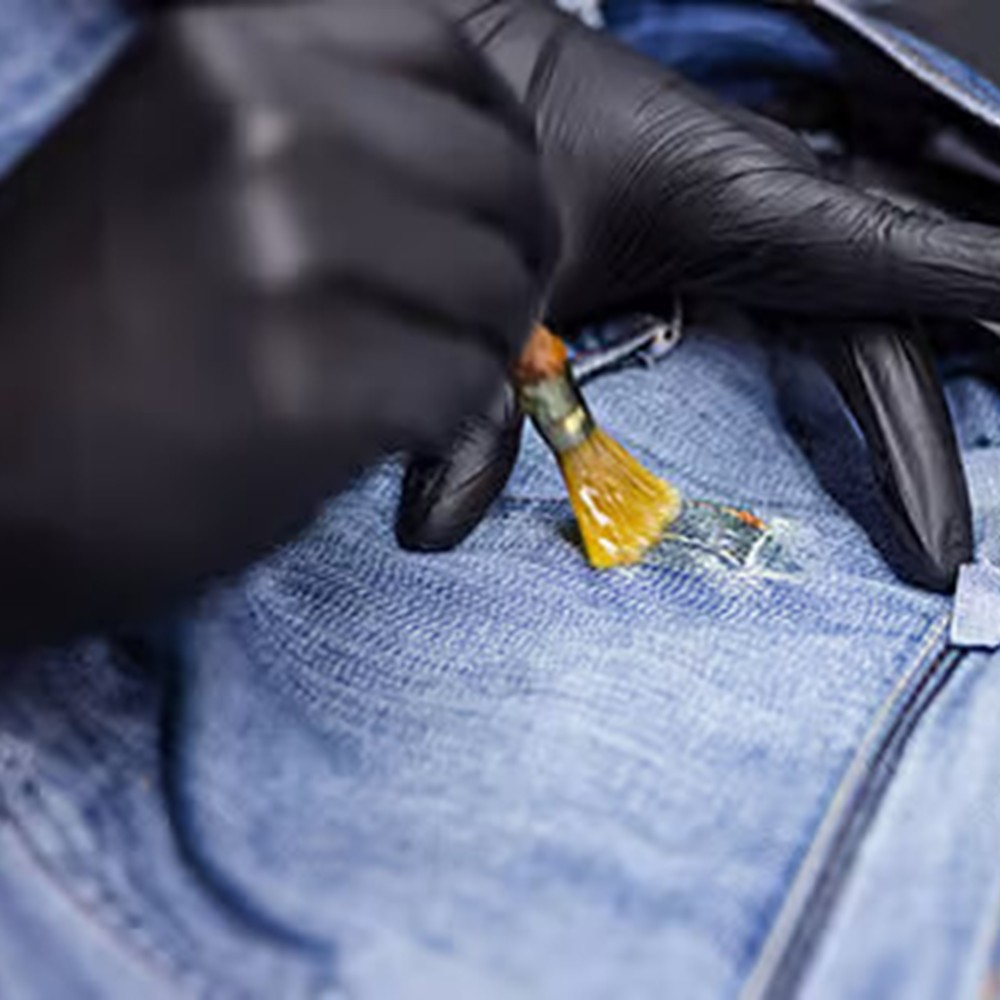How to Remove Water Stains from Fabric: Easy, Effective Solutions
Water stains on fabric can be frustrating—whether from spills, rain, or hard water. These marks often leave behind mineral deposits or discoloration. Luckily, you don’t need expensive products to fix them! This guide covers safe, affordable methods to remove water stains from clothes, curtains, upholstery, and more. Let’s dive in.
What Causes Water Stains?

Before fixing the problem, understand why it happens:
- Hard Water Stains: Minerals like calcium and magnesium in water leave white or gray marks.
- Rain/Saltwater Stains: Salt or dirt in water dries on fabric.
- Old Stains: Untreated water stains oxidize and become yellowish.
- Fabric Damage: Repeated stains can weaken fibers, making them look dull.
Tools & Ingredients You’ll Need
Gather these items (most are already at home!):
- White vinegar (breaks down minerals)
- Lemon juice (natural acid for stain lifting)
- Baking soda (absorbs odors and stains)
- Hydrogen peroxide (for tough stains on white fabrics)
- Mild laundry detergent (avoid dyes or strong chemicals)
- Clean microfiber cloths or sponges
- Soft-bristle brush (to scrub gently)
- Spray bottle
- Bucket (for soaking large items)

Step 1: Act Fast!
Fresh stains are easier to remove. Here’s what to do immediately:
- Blot the wet area with a dry cloth. Press firmly—don’t rub!
- If outdoors, shake the fabric to remove excess water or dirt.
- Hang to dry in a well-ventilated area (avoid sunlight for colored fabrics).
Step 2: Pre-Treat the Stain
For dried or stubborn stains:
- Mix a cleaning solution:
- Spray or dab the solution onto the stain. Wait 10–15 minutes.
- Gently scrub with a soft brush in circular motions.
Caution: Test the solution on a hidden area first! Some fabrics (like silk) may react badly to acids.
Step 3: Choose Your Cleaning Method
Pick a method based on the fabric type and stain severity:
Method 1: Vinegar Soak (Best for Cotton, Linen, or Polyester)
- Fill a bucket with 2 parts cold water + 1 part white vinegar.
- Soak the stained fabric for 30 minutes.
- Scrub lightly with a brush.
- Rinse thoroughly and wash as normal.
Why It Works: Vinegar dissolves mineral buildup without harsh chemicals.

Method 2: Baking Soda Paste (For Delicate Fabrics)
- Mix 3 tbsp baking soda + 1 tbsp water to make a thick paste.
- Spread the paste over the stain. Let it sit for 1 hour.
- Wipe off with a damp cloth.
- Wash the fabric gently by hand.
Pro Tip: Add ½ cup baking soda to your regular laundry to prevent future stains.
Method 3: Lemon Juice + Sunlight (White Fabrics Only)
- Squeeze fresh lemon juice onto the stain.
- Place the fabric under direct sunlight for 2–3 hours. The sun’s UV rays help bleach stains naturally.
- Rinse with cold water and wash.
Note: Don’t use this on colored fabrics—lemon juice may fade dyes.

Method 4: Hydrogen Peroxide (For Severe Stains)
- Mix 1 part hydrogen peroxide (3% strength) + 2 parts water.
- Dab the solution onto the stain. Wait 5 minutes.
- Rinse well and wash.
Warning: Test on a small area first. Avoid using on dark colors.
Step 4: Machine Washing Tips
After treating the stain, wash the fabric properly:
- Use cold water: Hot water can set stains permanently.
- Add vinegar: Pour ½ cup white vinegar into the rinse cycle to soften water and remove residue.
- Skip fabric softener: It leaves a coating that traps minerals.
- Dry carefully: Air-dry first to check if the stain is gone.
Step 5: Drying the Fabric
- Air-dry indoors or in the shade (sunlight can yellow some fabrics).
- If using a dryer: Choose a low-heat setting. High heat can bake stains into the fabric.
- Iron if needed: Use steam to smooth wrinkles, but avoid ironing over stains.
How to Prevent Future Water Stains
Stop stains before they happen with these tips:

- Wipe wet surfaces: After rain or spills, blot fabric immediately.
- Use a water softener: Install a shower filter or whole-house softener if you have hard water.
- Dry items thoroughly: Don’t fold or store damp clothes or curtains.
- Clean regularly: Wash fabric items every 1–2 months to avoid buildup.
- Protect fabrics: Spray a mix of water + 1 tbsp vinegar on shoes, bags, or upholstery to repel water.
FAQs: Your Questions Answered
Q: Can I use bleach on water stains?
A: Only for white, bleach-safe fabrics. Mix 1 tbsp bleach + 1 cup water. Test first!
Q: What if the stain still shows after washing?
A: Repeat the treatment. For old stains, try a commercial product like OxiClean or CLR Calcium Lime Remover.
Q: How do I remove stains from leather or suede?
A: Use a damp cloth + mild soap. Never soak leather. Condition it after cleaning.
Q: Are water stains on shoes removable?
A: Yes! Stuff shoes with newspaper to absorb moisture. Clean with vinegar and baking soda.
Q: Can I use this on antique fabrics?
A: Consult a professional cleaner. Delicate fabrics like vintage lace need special care.
When to Call a Professional

If home methods fail, or if the fabric is expensive/delicate (e.g., silk wedding dresses, wool carpets), seek expert help. Professionals use advanced tools like steam cleaning or enzyme treatments.
Final Thoughts

Removing water stains is all about acting quickly and using the right method. Always prioritize gentle solutions to protect your fabrics. With these tips, your clothes, curtains, and furniture will look fresh again!
